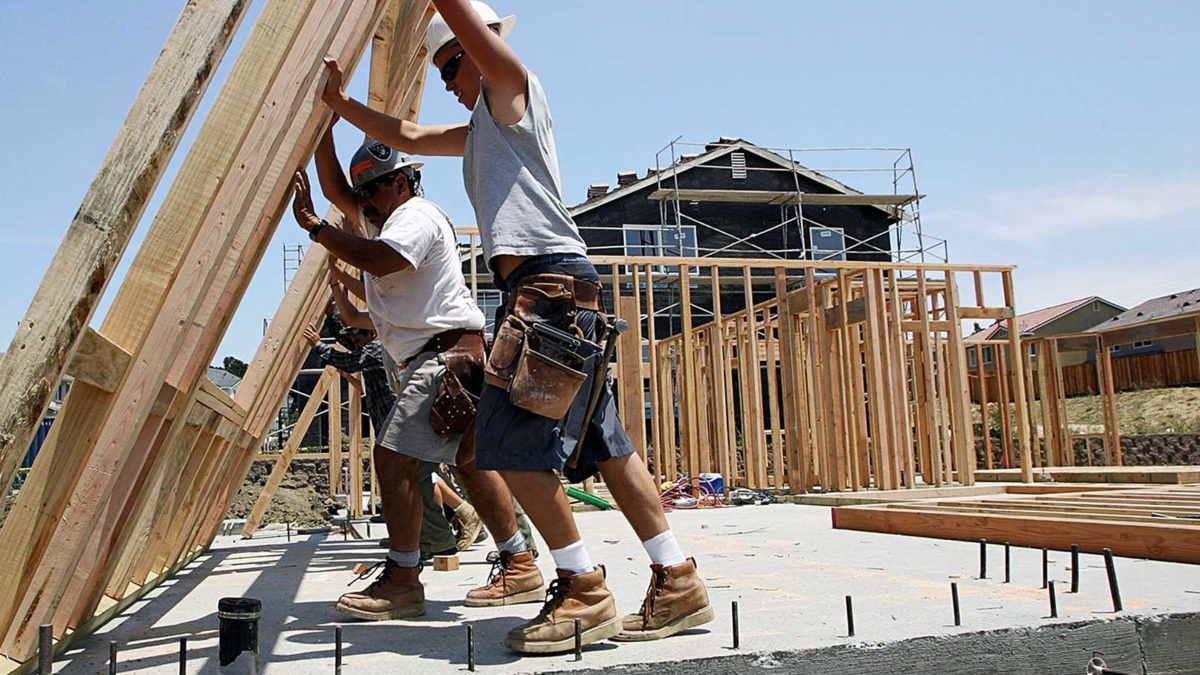‘Massive’ Aussie housing oversupply is building up
A deep dive into Australia’s housing sector has shown it to be a resilient and robust market that has defied all pandemic doomsday predictions to bounce back with record sales supported by desperate first home buyers and packed investors, all fearful of missing the boat.
Housing remains our largest financial asset and according to Yarra Capital’s estimates “by mid-2021 the value of the housing stock is $8.9 trillion – 3.7 times the market capitalisation of the ASX200 and 4.5 times the size of the Australian economy.” Such an important component of the economy needs to be handled with care.
When Covid-19 first hit March 2020, industry pundits were predicting falls of around 30 per cent, over the year, would eventually flow through. Instead, over the past year, Sydney house prices have risen almost 23.8 per cent, Melbourne 16 per cent, Brisbane 23.1 per cent and Adelaide 18 per cent. House prices seem to have done the opposite rising at the fastest rate in 30 years.

The resilience of the property market is caused by a number of factors including: the Homebuilder stimulus program, constrained consumption and investment choices, and low interest rates.
According to Tim Toohey, head of macro and strategy at Yarra Capital Management, the HomeBuilder scheme is responsible for the bubbling property market.
He says “the HomeBuilder scheme was explicitly designed to offset half of the expected decline in starts, with the aim of backfilling 30k starts in 2020-21. That is, the Treasury was hoping to achieve ~140k housing starts once HomeBuilder was fully implemented. Instead, approvals for houses have exploded to the upside. By the March quarter of 2021 dwelling approvals were annualising at 278k.”
By the of the 2020-21 financial year there were roughly 200.4k dwelling approvals. “HomeBuilder program exceeded Treasury’s objectives for new dwelling construction by 330%. The clear lesson being never stand between an Australian household and an uncapped government program! Taxpayers have effectively handed out almost $3bn in ‘free money’ to people to build or renovate their home,” says Toohey.

Chart 2 shows the massive boost to housing affordability provided by the government to first home buyers.
Toohey estimates “that by the end of 2023 Australia will have 150k dwellings in excess of demographic demand. This would be the largest excess of housing since 2008, and this rather sombre forecast embeds as a base case of a 30% decline in dwelling approvals by the end of 2022.”
However a massive housing oversupply doesn’t necessarily translate into tumbling house prices if immigration rates rise and or interest rates fall as was the case during the GFC.
This poses quite the problem. Interest rates are already at their lowest and a rise in immigration looks unlikely with strict border closures in place. While Toohey doesn’t suggest that a sharp decline in housing prices is imminent, but what he does hint is that is that housing prices staying at these elevated levels isn’t sustainable.
One way to avoid such a massive oversupply, is to simply stop building so many houses, no more interest rate cuts and no more incentives. The housing market is well past the peak, and the outlook is gloomy. Toohey concludes by saying, “Our base case has a significantly larger decline embedded than the consensus view and is well below that of the RBA which is currently forecasting of dwelling investment declining just 0.5% in 2022, before rising again.”









